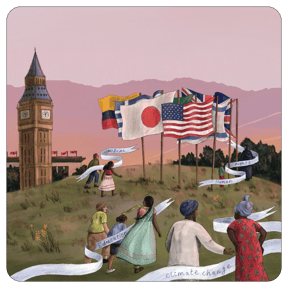Voices
An Ethnic Studies Survey
Voices is an ethnic studies resource that examines the experiences and contributions of Indigenous, Black, Latino, Pacific Islander, and Asian Americans. Students will learn the terms and tools they need to analyze the impacts of race and ethnicity in US history and the present day.


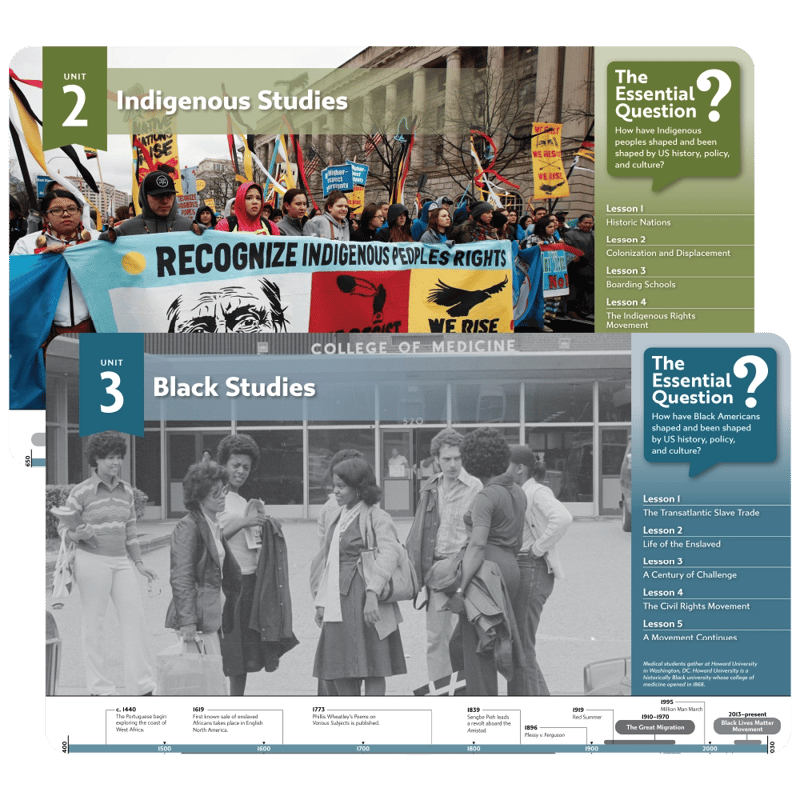
Amplifying Voices: Expression, Connection, and the Pursuit of Justice
We are each born with a voice, a means to express our innermost thoughts, to connect with others, and to speak up for ourselves and our fellow humans. Voices can be used to uplift, to unite, to celebrate, and to challenge. The United States is a country with many voices, but not all of those voices are given equal weight and attention. In this volume, students will read about those whose voices have not always been heard and learn to use their own voice to lead others and seek justice in their communities.
Counter-Narratives of Marginalized Groups
Written by scholars in fields such as Black studies and Latino studies, Voices, from Gibbs Smith Education, examines the histories and cultures of historically marginalized groups in the United States. With the goal of equipping students with the skills and knowledge they need to identify and overcome oppression, Voices provides a counter-narrative to US history and dives into stories of discrimination, resistance, and resilience.

Ready to trial Voices? Let's talk!
Experience Voices free for 14 days on our digital platform, GSEonline.
For a personalized pricing solution, request a custom quote.

Formative, Summative, & Self-assessment

Inquiry-based Learning

Cross-curricular & Interdisciplinary

Primary and Secondary Source Analysis

Literacy
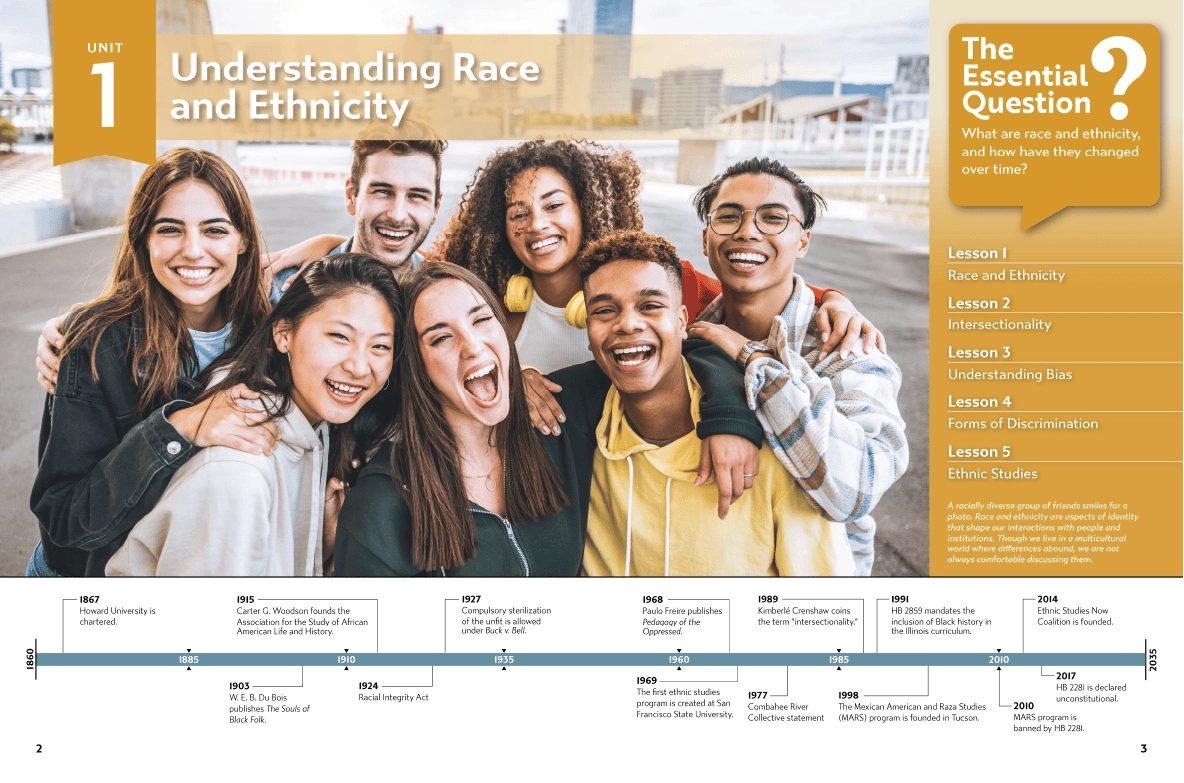
Unit I: Understanding Race and Ethnicity
- Defining race and ethnicity
- Analyzing intersectionality
- Understanding bias and discrimination
- Understanding the origins of ethnic studies
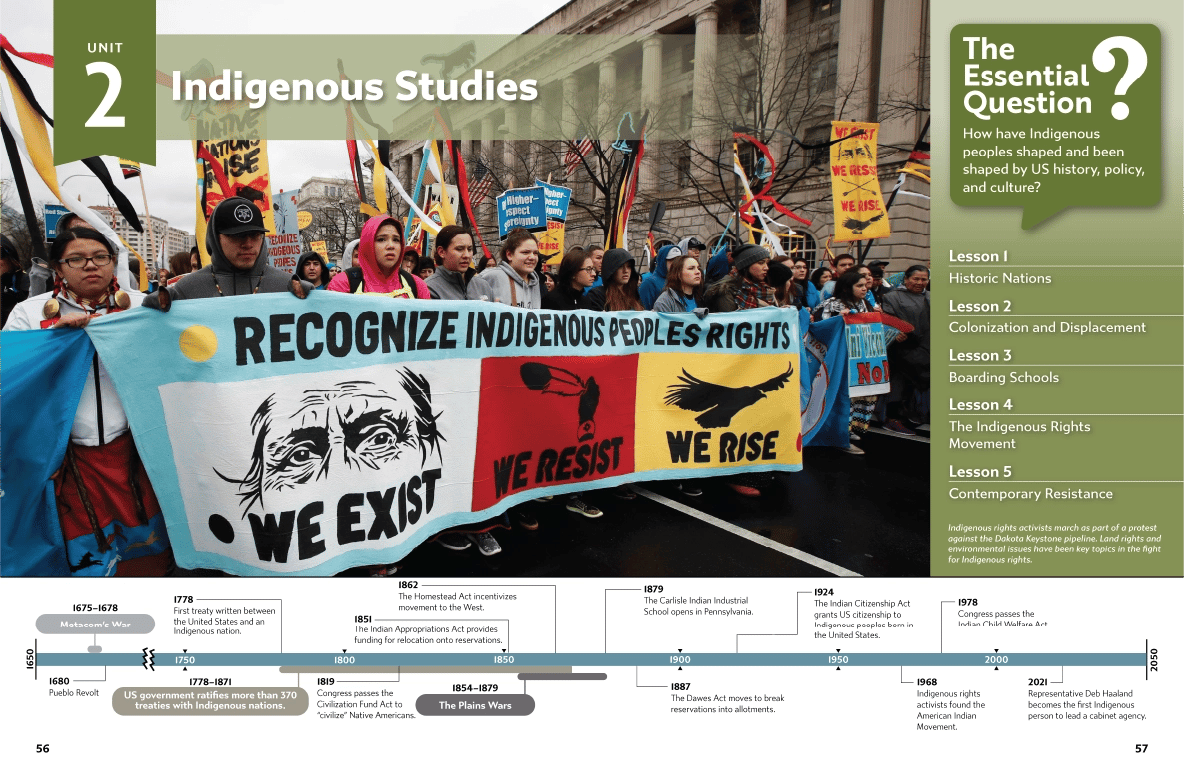
Unit II: Indigenous Studies
- Examining the ancestral cultures of Native people in North America
- Analyzing the impact of US policies on Native peoples
- Identifying the goals and methods of Indigenous resistance movements

Unit III: Black Studies
- Analyzing the scope and impact of the Transatlantic Slave Trade
- Describing the challenges faced by Black Americans before and after the Civil War
- Evaluating the effectiveness of the Civil Rights Movement

Unit IV: Latino Studies
- Examining Latino identity
- Analyzing the impact of US expansionist policies on Latino people
- Identifying the strategies used by Latino activists
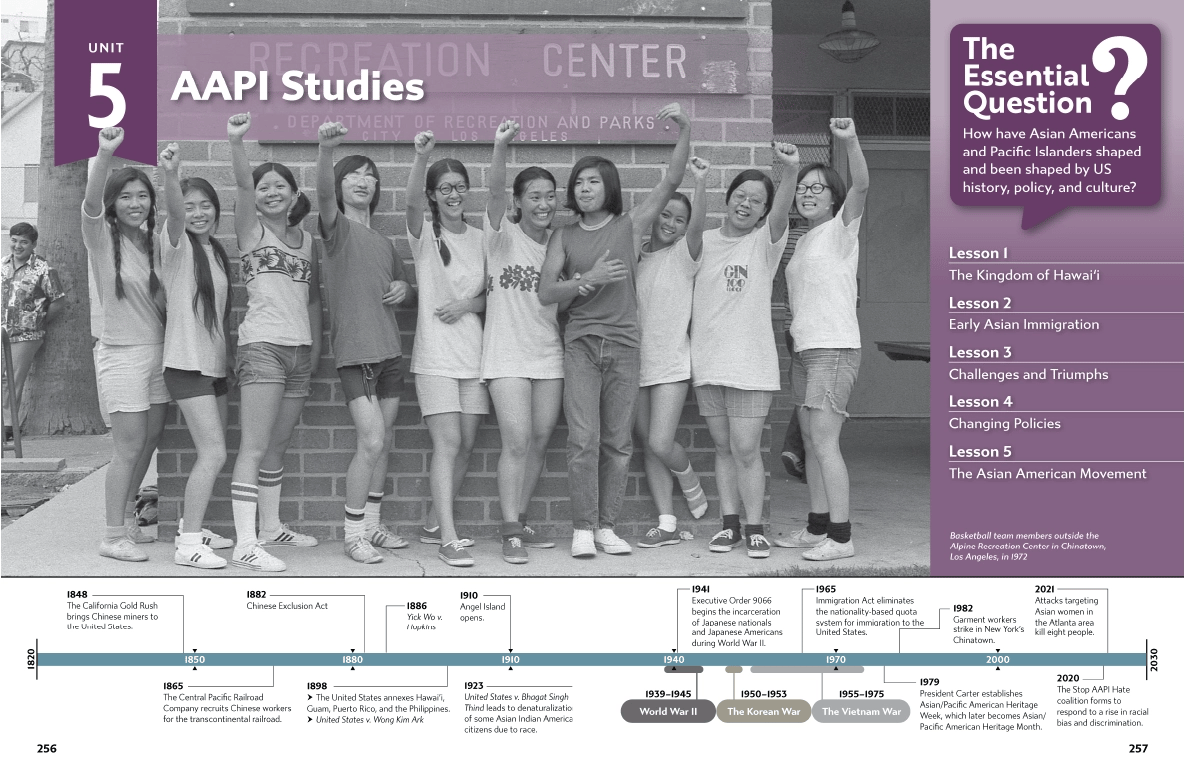
Unit V: AAPI Studies
- Explaining the process of colonization in the Hawaiian Islands
- Describing the discriminatory policies encountered by Asian immigrants to the United States
- Comparing the goals of the Asian American movement and other AAPI social movements
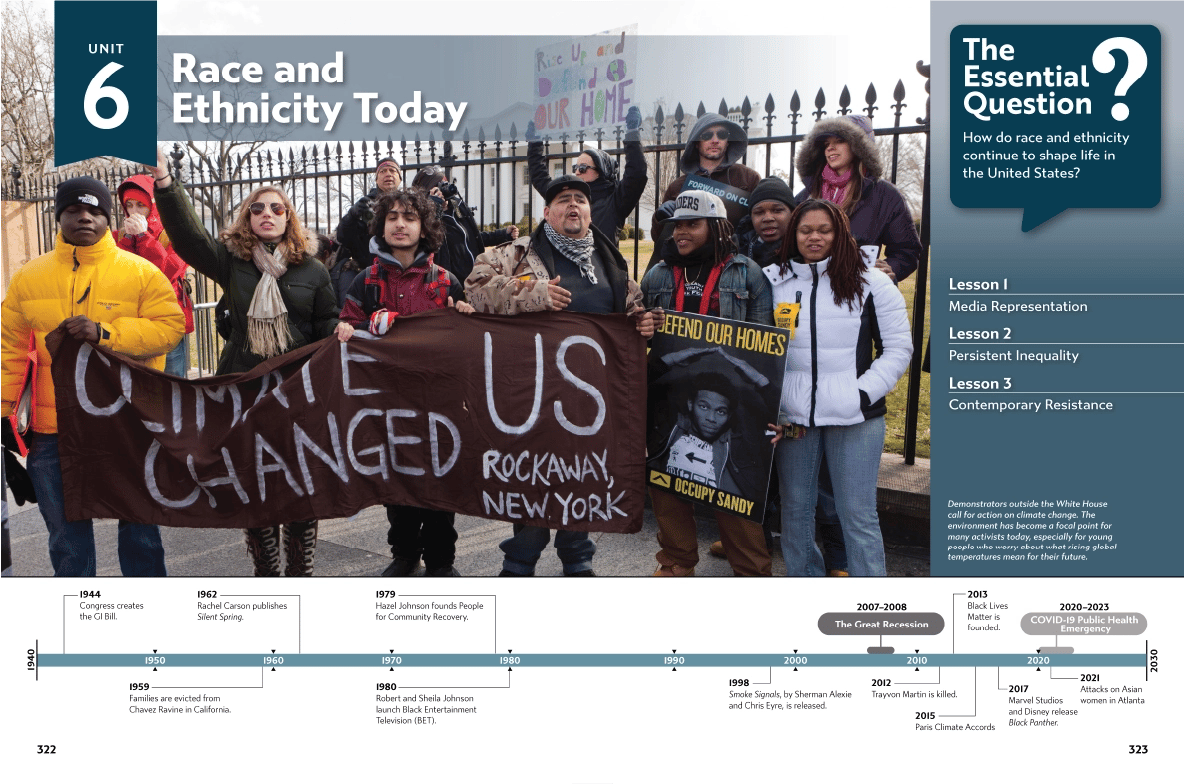
Unit VI: Race and Ethnicity Today
- Evaluating the level of diversity in the media
- Describing how system racism impacts marginalized peoples today
- Explaining the issues civil rights advocates are targeting today

